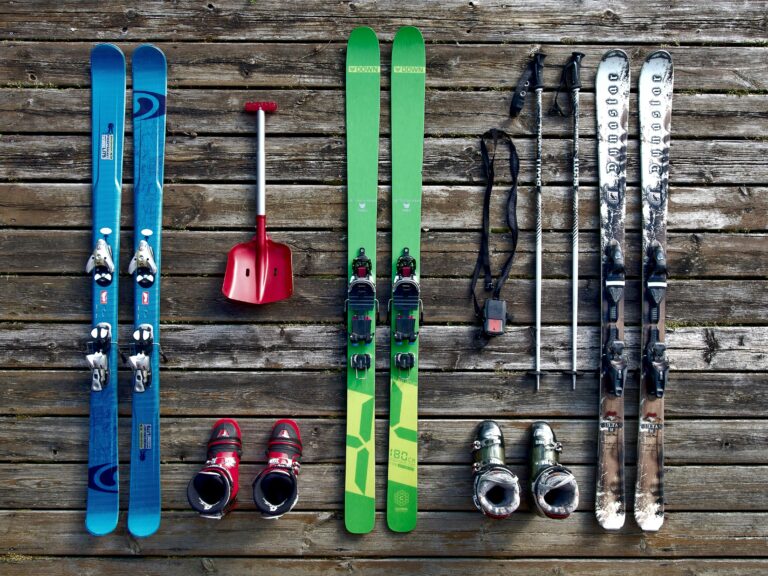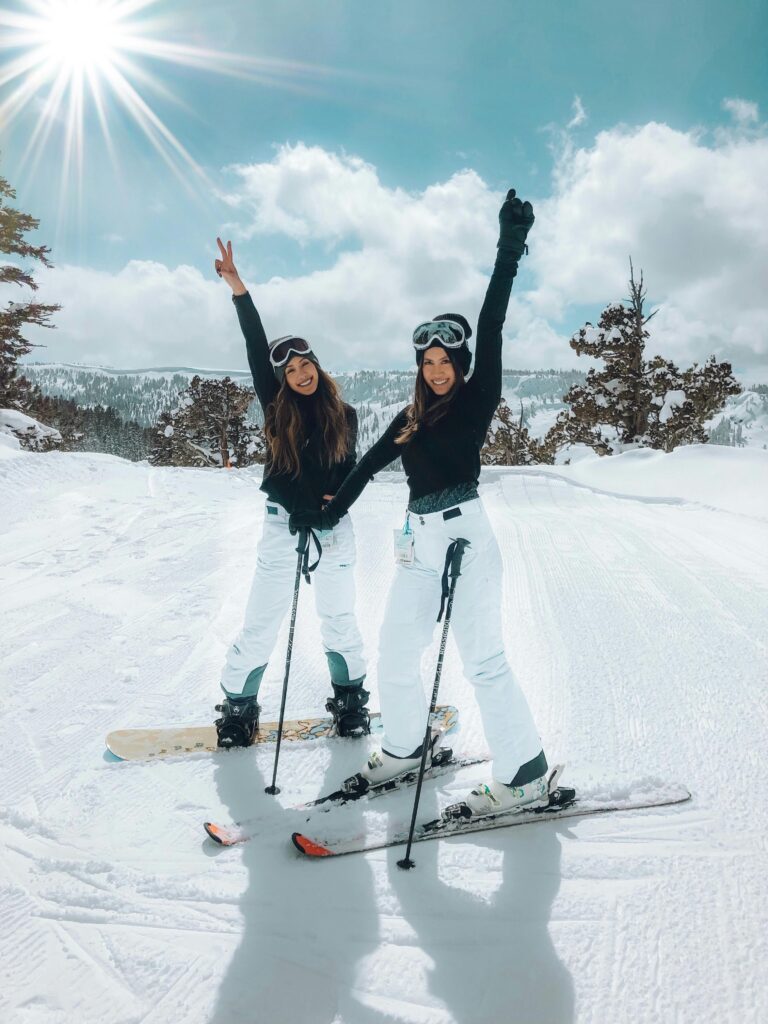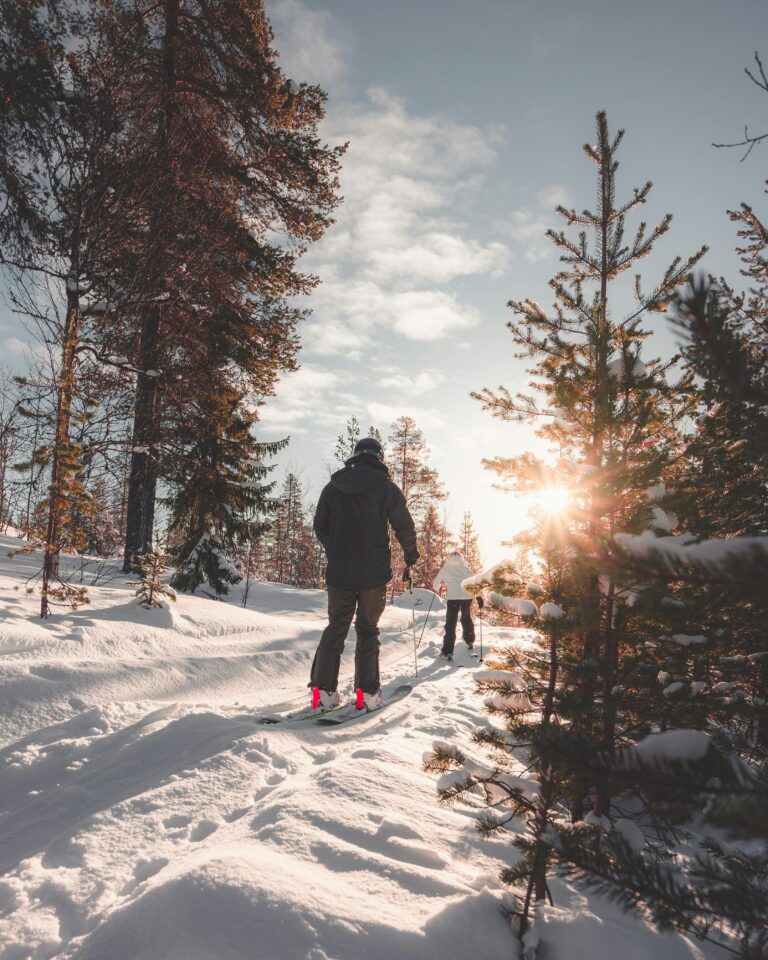# Is Skiing Dangerous? A Closer Look at Risks and Realities
When we picture skiing, most of us envision thrilling descents, beautiful snow-covered mountains, and perhaps a hot cocoa by the fire afterward. But here’s the question that often creeps in: Is skiing dangerous? Whether you’re a newbie eyeing your first run or a seasoned skier speeding down the black diamonds, let’s dive into the risks of this exhilarating sport, check out some eye-opening stats, and explore how different skiing conditions can either amp up or tone down these dangers.
### Understanding the Risks: The Lowdown on Skiing Injuries
Let’s get real for a second. Skiing can be a wild ride, and while many love the adrenaline rush, we should keep our wits about us! According to the National Ski Areas Association (NSAA), about **600 skiing-related injuries** occur each year per one million skier days. While that number sounds a bit scary, here’s a fun fact: skiing has actually become safer over the years thanks to better gear, more rigorous training, and modern safety protocols.
#### Key Injury Stats to Wrap Your Head Around:
– **Injury Rate**: Roughly **2.7 injuries for every 1,000 skier visits**.
– **Most Frequent Injuries**:
– *Knees*: 30% of skiing injuries hit the knee, especially the anterior cruciate ligament (ACL). Ouch!
– *Upper Body*: 25% account for wrist fractures and shoulder knocks.
– **Fatalities**: Fatalities are rare in skiing, with around **40 deaths annually in the U.S.**—but any loss is a stark reminder of the sport’s potential dangers.
### Factors That Crank Up Injury Risk
Skiing accidents happen, and a handful of factors can make you more prone to them. Knowing these can help skiers steer clear of trouble.
#### 1. **Skill Level**
– *Beginners*: Lack of experience can lead to hasty decisions, like tackling slopes that are too steep.
– *Experts*: More skill can inflate confidence, which sometimes leads to higher-stakes moves that can result in severe injuries.
#### 2. **Weather Conditions**
– Poor visibility? Ice on the slopes? That’s a recipe for disaster! Fog or heavy snowfall can mess with your ability to steer clear of hazards, while wet surfaces can make skis skid out of control.
#### 3. **Terrain**
– Different terrains like moguls or backcountry paths add challenges. Getting to know the lay of the land can make all the difference.
#### 4. **Gear**
– Ski maintenance is key. Shoddy bindings could send you face-first into the snow. Choosing equipment that fits your skills is equally crucial for avoiding accidents.
### Skiing Conditions: A Blessing or a Curse?
Every skier knows that conditions can change faster than you can say “pizza pie!” Here’s how various conditions can impact your safety level:
| Condition | Risk Level | Key Concerns |
|————————- |————|—————————————–|
| Fresh Powder | Low | Super fun but can hide obstacles |
| Icy Slopes | High | Higher chance of losing control |
| Heavy Snowfall | Moderate | Poor visibility and avalanche risks |
| Bright Sunshine | Low | Watch out for dehydration and sunburn! |
| Foggy Conditions | High | Reduced visibility equals more collisions|
### Addressing the Fear of Falling
With all that injury talk, it’s natural to feel a little heavy-hearted. But fear not! Here’s how to ski smart and minimize risks.
– **Take Lessons**: Learning from a pro can provide you with essential skills without hitting the slopes like a deer in headlights.
– **Warm Up**: Get those muscles ready! Stretch and condition your legs beforehand to dodge potential injuries.
– **Stay in Your Lane**: It’s tempting to showcase your ‘Olympic’ skills, but knowing and sticking to your limits is key—master the basics before going for glory.
### Final Thoughts: Balancing Thrill and Safety
Yes, skiing has its risks, but with some prudence, preparation, and awareness, you can create an awesome experience filled with adventure and stunning views. So if you’re still wondering about the dangers of skiing, think about how you’re approaching the sport: Are you emphasizing safety? How do conditions affect your ride? By acknowledging and respecting the inherent risks, you can enjoy the freedom of the slopes without sacrificing safety.
Ready to hit the slopes with a safety-first attitude? What’s your next destination? I’d love to hear your skiing stories or tips in the comments!
For more insights on skiing-related statistics and safety, check out [National Ski Areas Association](https://www.nsaa.org) and [Solosports World](https://solosportsworld.com/skiing-dangerous/). Happy skiing!





